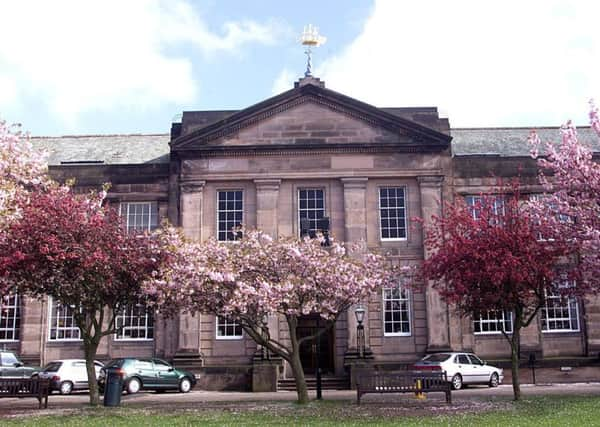John McLellan: The charity of private schools benefits us all


Currently, private schools pay about 20 per cent of the rates paid by commercial enterprises, but a key recommendation of the Barclay Review of non-domestic rates was that private schools should pay the full amount to level the playing field with state schools which have no exemptions.
Except, of course, that council-run schools don’t actually pay it and councils in effect pay themselves because they keep what they raise.
Advertisement
Hide AdAdvertisement
Hide AdAs did Lord Foulkes, I should declare an interest as someone who was privately educated (and is a private school parent), but in my case it was because the former Strathclyde Regional Council closed the popular selective one I was at.
A former education convener at the old Lothian Regional Council, Lord Foulkes argued in The Scotsman in the last week that “private schools should pay taxes like any other private enterprise,” because, “the parents of children in the state sector … are subsidising the education of the children of the wealthy in private schools”.
But private schools are not “any other private enterprise” because they operate on a not-for-profit basis and are tested by the Office of the Scottish Charity Regulator (OSCR) to ensure they provide a proper public benefit.
Lord Foulkes singled out George Heriot’s School for criticism, which was a poor choice given the automatic free places it provides for 60 children who have lost their fathers, as the school was established to do in the 17th Century, and the 50 or so other pupils it supports. No wonder the retiring head Cameron Wylie accused his Lordship of running a vendetta.
Advertisement
Hide AdAdvertisement
Hide AdMeanwhile, the Merchant’s Company, responsible for Stewart’s Melville, Mary Erskine and George Watson’s, supported 431 pupils last year at a cost of £2.9m, over a tenth of their rolls.
From the Merchant Company’s extensive public benefit report to the OSCR, two other things stand out. Firstly there is the deal struck by Erskine-Stewart’s Melville with the city council to take over the Arboretum Road playing fields and upgrade the dilapidated pavilion. This is used every week by Trinity Academy and St Thomas of Aquin’s.
Secondly, the Swire Chinese Language Centre is a partnership between Boroughmuir, James Gillespie’s and George Watson’s based at Watson’s to provide top quality Mandarin tuition. This is how the private sector can work with the public and rather than campaign against the schools surely it would be better to encourage them to do more?
Then there is the fact that for every pupil privately educated, approximately £6,000 is held back by the Scottish Government, the sum it would have to pay if the children were educated in a state school.
Advertisement
Hide AdAdvertisement
Hide AdSo approximately 12,000 privately educated children in Edinburgh gives the Scottish Government something like £70m it can spend on something else.
Even if private schools were closed tomorrow, all that would happen is that the price of property would shoot up in the catchment areas of the best schools. Not for nothing is Jordanhill one of the most expensive places to buy a house in Glasgow – but it’s the tax-payer who foots the bill for Jordanhill School.
Which bit of all this is the poor subsidising the wealthy, George?